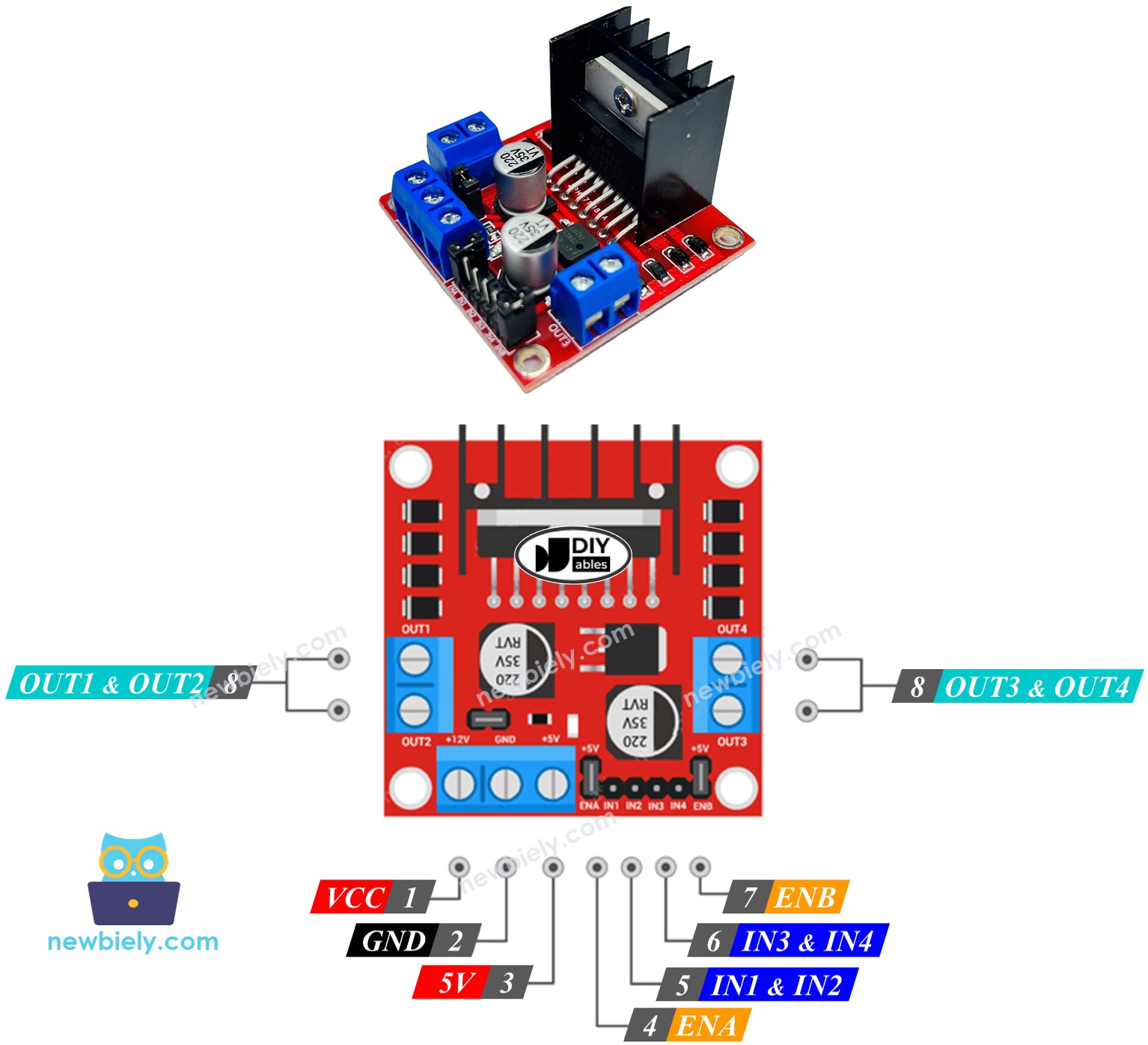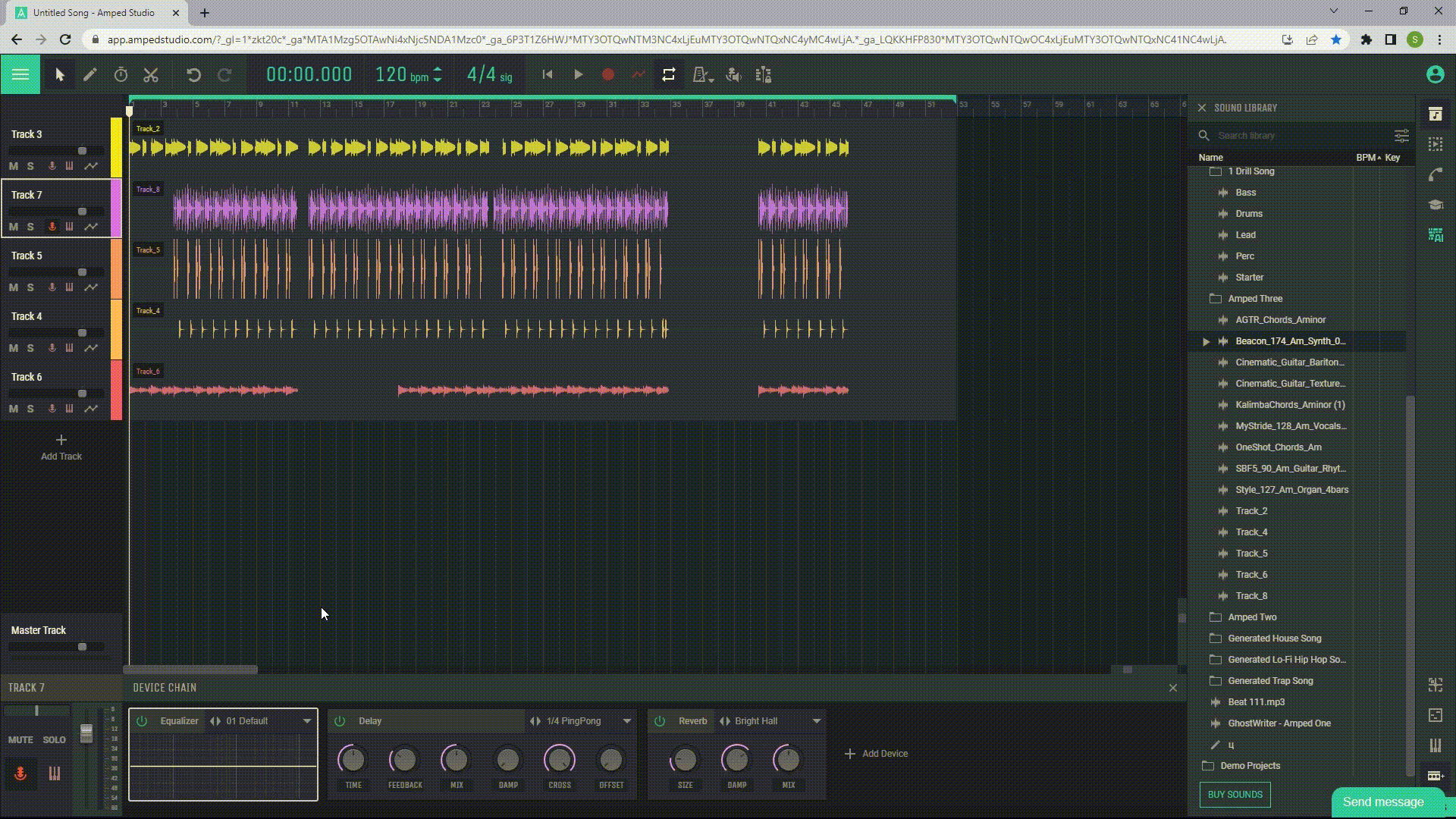Hey there, tech wizards and IoT enthusiasts! If you're looking to dive deep into the world of accessing remote IoT devices, you've landed in the right spot. In this comprehensive guide, we'll walk you through everything you need to know about remote IoT device access. Whether you're a beginner or a seasoned pro, this tutorial will equip you with the knowledge to confidently manage your IoT network from anywhere in the world. So grab your coffee, sit back, and let’s get started on this journey!
Remote IoT device access isn’t just a fancy term—it’s a necessity in today’s interconnected world. Imagine being able to monitor and control your smart devices from thousands of miles away. Sounds cool, right? But with great power comes great responsibility. In this tutorial, we’ll break down the steps, tools, and best practices to ensure your remote IoT setup is secure, efficient, and hassle-free.
Before we jump into the nitty-gritty, let’s set the stage. This tutorial will cover everything from basic concepts to advanced techniques, ensuring you leave here with a solid understanding of how to access remote IoT devices like a pro. Ready to level up your tech skills? Let’s go!
Read also:Ben Shelton Height Everything You Need To Know About The Rising Tennis Star
Here’s a quick roadmap of what we’ll cover in this article:
- Introduction to Remote IoT Device Access
- Tools You Need for Remote IoT Access
- Securing Your Remote IoT Network
- Step-by-Step Remote IoT Access Tutorial
- Troubleshooting Tips for Remote IoT Devices
- Common Mistakes to Avoid
- Best Practices for Remote IoT Access
- The Future of Remote IoT Access
- Conclusion: Take Action!
Introduction to Remote IoT Device Access
Let’s start with the basics. What exactly is remote IoT device access? Simply put, it’s the ability to connect to, monitor, and control IoT devices from a remote location. This could be anything from smart home gadgets to industrial sensors. The key here is connectivity—your devices need to be online and accessible via a secure network.
Why Is Remote IoT Access Important?
Well, think about it. In today’s fast-paced world, being tied down to a single location is a recipe for disaster. Whether you’re managing a fleet of smart devices for your business or just want to check if you turned off the lights at home, remote access gives you the freedom to stay in control no matter where you are.
Plus, it’s not just about convenience. Remote IoT access also enhances efficiency, reduces downtime, and allows for real-time monitoring and data collection. All of this translates to better decision-making and improved performance for your IoT ecosystem.
Tools You Need for Remote IoT Access
Alright, now that we’ve covered the basics, let’s talk about the tools you’ll need to get started. Don’t worry, we’re not talking about anything too complicated here. Most of the tools you’ll need are readily available and easy to use.
Hardware Requirements
First up, you’ll need some basic hardware. This includes:
Read also:How Many Marvel Movies Are There The Ultimate Guide To Exploring The Marvel Cinematic Universe
- A router with a strong internet connection
- Your IoT devices (duh!)
- A computer or smartphone with remote access capabilities
Make sure your router supports secure protocols like WPA3 for maximum protection. And don’t forget to keep your firmware up to date!
Software Solutions
Next, you’ll need some software to facilitate the remote connection. There are tons of options out there, but some popular ones include:
- TeamViewer
- AnyDesk
- SSH (Secure Shell)
These tools allow you to establish a secure connection to your IoT devices from anywhere in the world. Just make sure to configure them properly to avoid any security breaches.
Securing Your Remote IoT Network
Now, let’s talk about something super important—security. With great power comes great responsibility, and that’s especially true when it comes to remote IoT access. You don’t want some random hacker gaining control of your smart home, do you?
Best Security Practices
Here are a few tips to keep your remote IoT network secure:
- Use strong, unique passwords for all your devices
- Enable two-factor authentication whenever possible
- Regularly update your firmware and software
- Monitor your network for suspicious activity
Remember, security is an ongoing process. Stay vigilant and don’t cut corners when it comes to protecting your IoT ecosystem.
Step-by-Step Remote IoT Access Tutorial
Alright, let’s get down to business. Here’s a step-by-step guide to accessing your remote IoT devices:
Step 1: Set Up Your Network
First things first, you need to set up your local network. Make sure all your IoT devices are connected to the same router and that your internet connection is stable. This will serve as the foundation for your remote access setup.
Step 2: Install Remote Access Software
Next, install your chosen remote access software on both your local device and the device you want to access remotely. Follow the installation instructions carefully to ensure everything is configured correctly.
Step 3: Configure Security Settings
Don’t forget to configure your security settings. This includes setting up strong passwords, enabling encryption, and configuring firewall rules. Take your time with this step—it’s crucial for keeping your network secure.
Step 4: Test Your Connection
Once everything is set up, test your connection to make sure it’s working properly. Try accessing your remote IoT device from another location and verify that everything is functioning as expected.
Troubleshooting Tips for Remote IoT Devices
Even the best-laid plans can go awry sometimes. If you’re having trouble accessing your remote IoT devices, here are a few troubleshooting tips to help you out:
- Check your internet connection
- Restart your router and devices
- Verify your software settings
- Contact your service provider for assistance
Remember, patience is key. Don’t panic if things don’t work right away. Take a deep breath and work through the problem step by step.
Common Mistakes to Avoid
Now, let’s talk about some common mistakes people make when setting up remote IoT access:
- Using weak passwords
- Ignoring security updates
- Not testing the connection thoroughly
- Overlooking network configuration
Avoiding these mistakes will save you a lot of headaches down the road. Take the time to do things right the first time and you’ll thank yourself later.
Best Practices for Remote IoT Access
Finally, let’s wrap up with some best practices for remote IoT access:
- Regularly back up your data
- Document your setup process
- Stay informed about the latest security threats
- Continuously improve your setup based on new information
By following these best practices, you’ll ensure that your remote IoT setup is as secure and efficient as possible.
The Future of Remote IoT Access
So where is remote IoT access headed in the future? With advancements in 5G technology and the growing popularity of edge computing, the possibilities are endless. We can expect faster, more reliable connections and even smarter devices that can operate almost autonomously.
But with these advancements come new challenges. Security will continue to be a top priority, and developers will need to stay one step ahead of potential threats. It’s an exciting time to be involved in the world of IoT, and the future looks bright for those who embrace these changes.
Conclusion: Take Action!
And there you have it—a comprehensive guide to accessing remote IoT devices. By following the steps outlined in this tutorial, you’ll be well on your way to mastering remote IoT access. Remember to prioritize security, stay informed, and continuously improve your setup.
Now it’s your turn to take action. Try setting up your own remote IoT access system and see how it works for you. And don’t forget to share your experiences in the comments below. We’d love to hear how it goes!
Until next time, stay tech-savvy and keep exploring the wonderful world of IoT. Happy hacking!


